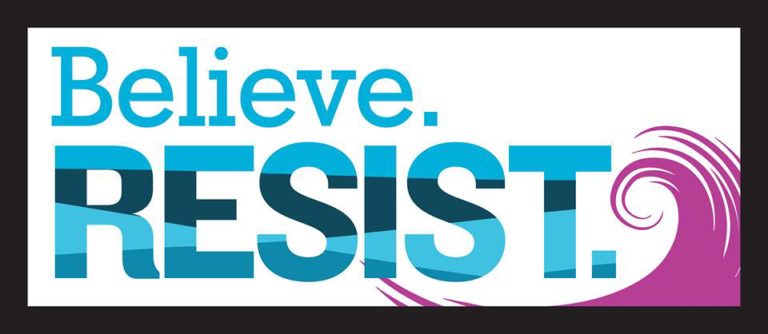Against the famine and the crown, I rebelled, they cut me down…
These words are from an Irish folk song I often sing to my kids before they go to sleep. Yeah, I know it sounds morose, many Irish songs are, but my kids love it and it’s a way to connect them to their heritage. This Friday is St. Patrick’s Day, a big day for the McGrath family, celebrated by Irish dance, multiple corned beef dinners, traditional music and calls home to my extended family. It’s also a chance to reflect on my family’s immigrant history and on the actions of the Trump administration against immigrants and refugees.
My ancestors immigrated in the late 1800s, part of a second wave of Irish immigrants, that followed the famine earlier that century. My great-great-grandfather settled in rural southern Wisconsin and sought stability, security and prosperity that was beyond his reach back home.
The Irish immigrant experience of the mid-1800s mirrors, in several ways, that of many immigrants today. The Irish were outcasts, an agrarian people, with little formal education, little to no money, and stereotyped as irresponsible drunkards. In major cities on the east coast, the Irish were a cheap labor pool who kept wages down and did work that others were unwilling.
As America experienced a massive influx of immigrants and became more diverse, American elites shifted our country’s racial hierarchy to maintain their control of wealth. At the top were white Protestant men, and then everyone else. Groups like the Irish and Jews were not considered white, but another racial category all together. The bottom of that hierarchy were indigenous people, black free-men and women, and slaves. This hierarchy reinforced the economic benefits of whiteness, with elites having the most to gain. By keeping the Irish in the middle of that hierarchy, but not at its bottom, the Irish always had something to lose if they stepped out of line. Thus, a people whose very culture and history was about resisting the oppression of the British Empire became, at times, the fiercest defenders of the status quo that exploited them.
As years passed and the number of Irish Americans grew, the Irish came to occupy a critical proportion of American society. Eventually, they were no longer considered their own race on census forms.
The story of how the Irish became white is a big part of the story of how immigration and race are tied together today. Elites for generations have designed structures that pit poor whites and poor people of color and immigrants against each other. That competition depresses the cost of labor and benefits their bottom-line.
President Trump tells us his plan to ban Muslims – which two federal courts just stopped again – and to deport Latino immigrants in massive waves is about “national security.” But the facts don’t back up his argument. The Muslim nations he’s targeting have not attacked our own. Multiple studies, including those by the libertarian Cato Institute, conclude undocumented immigrants are less likely to commit a crime. What we do know is that Trump’s plan is a terrible moral wrong that will tear families and entire communities apart. If it’s not about national security, what is it about?
Trump’s strategy is to use racism and xenophobia to create more fear amongst the immigrants so that they are more easily exploited for economic gain, including his own. It’s about making immigrants and Muslims scapegoats of all or our country’s issues, so that others blame them, instead of looking up and seeing the strings elites are pulling. It’s a strategy used by elites against immigrants, and others, that is as old as our country itself.
On Friday night, I’ll celebrate my Irish heritage with St. Patrick’s Day traditions. On Saturday, I’ll be at TakeAction Minnesota’s Annual Meeting— and I’m asking you to be there. Join hundreds of TakeAction Minnesota members, each of whom has their own story to share and who together represent the promise of what our country can be when we unite across race, gender and geography.

Be part of our powerful statewide resistance by joining us in one of six locations: St. Paul, Duluth, Willmar, Grand Rapids, St. Cloud, or Northfield. More than ever, we need to fight for our inclusive vision of the state and country we share and push forward.
